Copenhagen
March 2015
The Design Museum Denmark
The tsuba that is the subject of this essay is part of the collection at the Design Museum Denmark in Copenhagen, and was examined by us in the spring of 2015. The museum has a fine collection that covers not just Denmark’s history from the Middle Ages to modern times, including works by famed Danish designers such as Arne Jacobsen and Hans J. Wegner, but also includes a large international collection.
The museum, which has in its possession a large number of other tsuba from the Edo period, gave us special access to its storage facility during our visit, so that we could examine the Mokume Gane masterpiece. There are several photographs of this tsuba, obtained with the cooperation of the museum, in our book, “The Mokume Gane Textbook.”
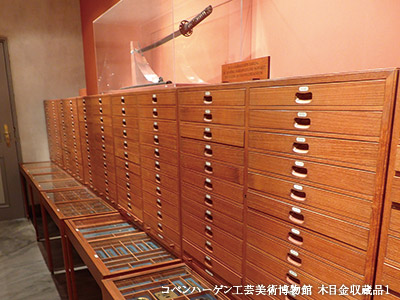
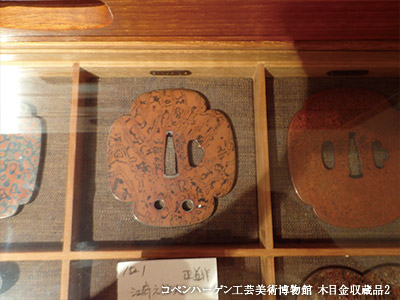
The particularity of the tsuba that was reproduced on this occasion lies in the intricate curves that seem to flow. The pattern is unusual in Mokume Gane, with the speckling that seems to expand and flow. Randomness plays a major part in creating Mokume Gane patterns, but this kind of pattern cannot be achieved without planning and effort on the part of the craftsman.
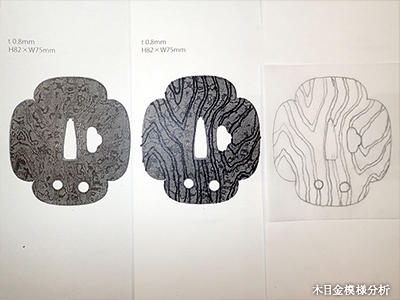
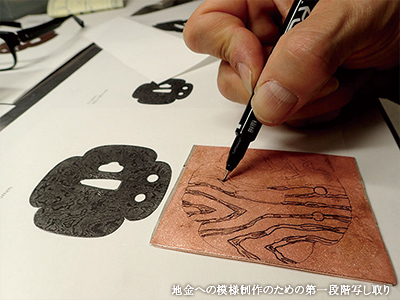
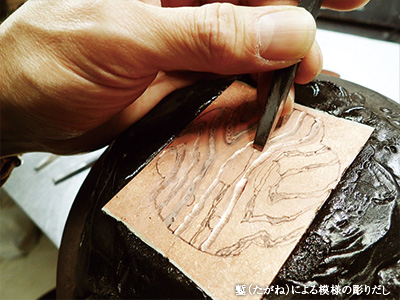
Within the framework of this reproduction study, it was very important to conduct the proper analysis to reproduce this pattern, and great care was needed in the carving work to create the pattern. The delicate and lovely Mokume Gane that is represented in the confined world of the tsuba speaks of outstanding technique. Even in Denmark, a country known for its design, people are doubtless captivated by it.